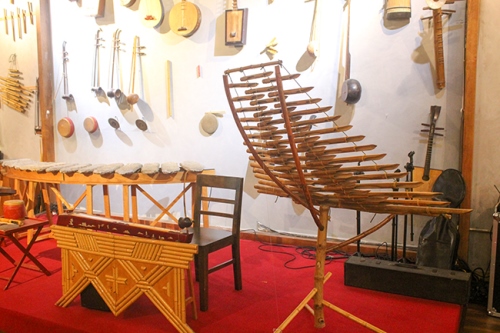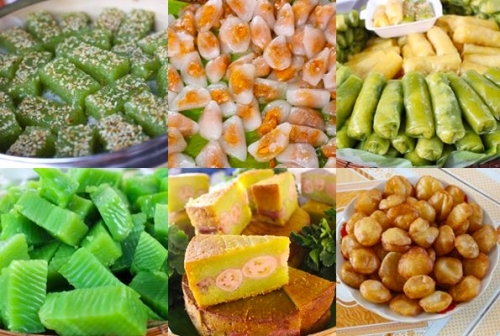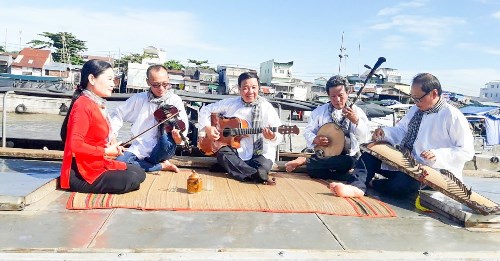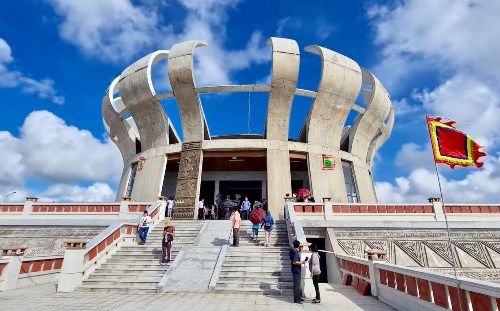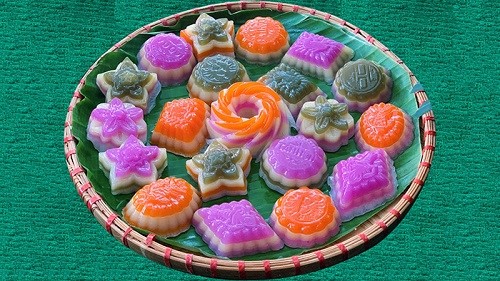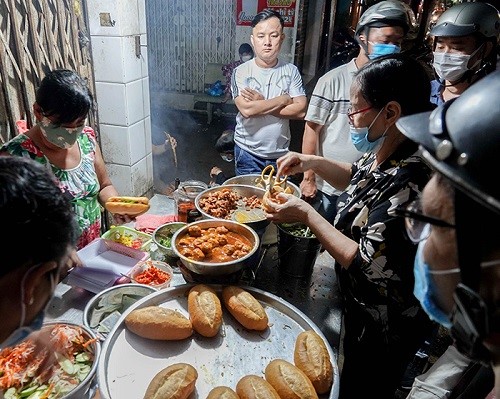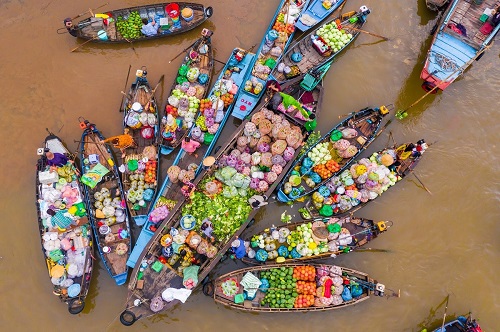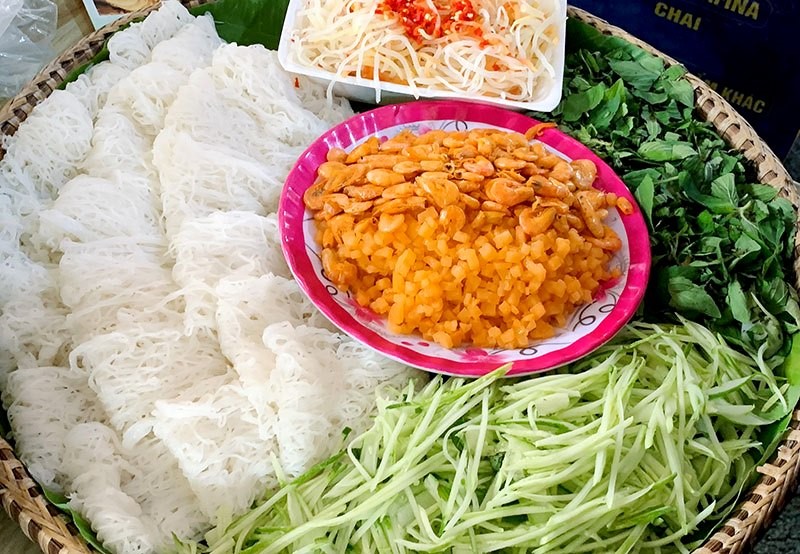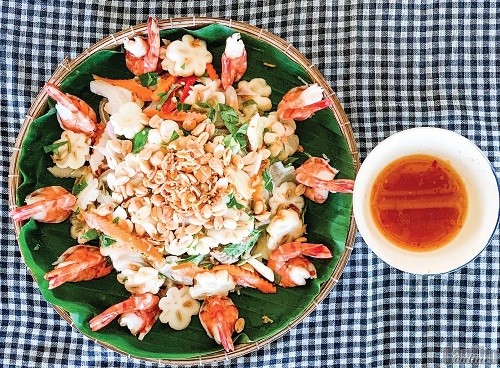
Mr. Tran Hoang Tuyen, Deputy Director of the Business Support Association (BSA), said: “Regenerative tourism is an approach to create a more perfect balance in an ecosystem. It is designed in a way that builds capital and gives life back to all species.” Regenerative tourism has the orientation of preserving and exploiting natural resources in combination with indigenous knowledge and responsibility for the environment and society; towards sustainability and creating reciprocal links in tourism.
Regenerative tourism has a close connection with eco-tourism, community-based tourism, responsible tourism, and agricultural tourism. At the global conference "Rebuilding for the future through Sustainable Development" (ICRTH21) in May 2021, sustainable tourism was defined as responsible tourism with 3 keywords: community support, cultural conservation, and environmental protection. The approaches of regenerative tourism and responsible tourism are similar in terms of sustainability. Regenerative tourism also aims to regenerate, balance, and preserve the diversity of the ecosystems of each individual, collective, and community. Therefore, applying regenerative tourism into practice requires a change in the perception of people working in the tourism industry, a clear understanding of the environment’s value, and the connection between the ecosystems to create and improve the product value chain.
In the Mekong Delta, many individuals and communities have applied regenerative tourism. For example, Mr. Tư “Lúa mùa” (Châu Thành district, Kiên Giang province) has just restored the version of “The life of seasonal rice production”. His real name is Lê Quốc Việt, an engineer, who has spent more than 7 years growing seasonal rice (this rice variety is harvested once every 6 months with only one crop a year) and connected with surrounding households to expand the area and raise shrimp. His model of rice farming and shrimp farming has formed and made a clear change in the ecosystem: the field fish is restored, the meat quality of Giant freshwater prawns is improved, the rice is clean, etc. From the idea of reviving the traditional farming method, and preserving the indigenous rice variety, Mr. Tư “Lúa mùa” now has the idea of an old-fashioned farm, welcoming visitors to experience the seasonal rice farming combined with learning about the local culture.
Similarly, Mr. Pham Duy Khanh (Tran Van Thoi district, Ca Mau province) also restored the lifestyle of the ancient Southern people in the reclamation time through the community eco-tourism model of Muoi Ngot. With 60ha of old-growth Melaleuca forest interspersed with fields and natural lagoons, Mr. Khanh has built a series of different experience activities: such as “eating bees”, fishing, setting up fish traps, etc. Mr. Khanh said: “I spent more than 6 years building this model with the desire to create a natural environment for the aquatic creatures typical of my hometown. Doing tourism like this will increase the product's value, thus creating motivation for us to continue preserving the legacy our ancestors left us”. Muoi Ngot community eco-tourism has the characteristics of life in the U Minh Ha area, where people and nature live in harmony.
People doing community-based tourism in Son islet (Binh Thuy district, Can Tho city) also identify indigenous culture and environmental responsibility as the key to sustainable development. In addition to community-based tourism, the people on Son islet are very aware of environmental responsibility. Mr. Ly Van Bon, a member of Con Son community-based tourism, said: “Besides introducing the life cycle of fish species in Hau River to tourists, I also want to preserve the natural environment for fish to thrive”.
That was the basis for the formation of the product “Con Son back then”, including the experience of releasing baby fish back to the natural environment. Mr. Tran Hoang Tuyen gave out his assessment: “Son islet approaches regenerative tourism according to the cohesion of community-based tourism. They know how to promote the local cultural identity and are constantly absorbing and creating new things, thus making the product proliferate. They also preserve the environment and passing their knowledge and skills to the next generations”. Mr. Pham Van Ut, a tour guide on Son island, said: “When tourists experience catching snails and fish, we always ask for permission to keep small snails and baby fish and then release them back into the wild."
Regenerative tourism is a sustainable, responsible method that requires preservation and inheritance, with the most important element being environmental awareness. In the Mekong Delta, regenerative tourism has had some positive results. In the long term, this type of tourism needs to be evaluated more carefully to call for support, thereby building effective methods and models to develop tourism more diversely and responsibly.
Source: Can Tho News - Translated by Hoang Dat






